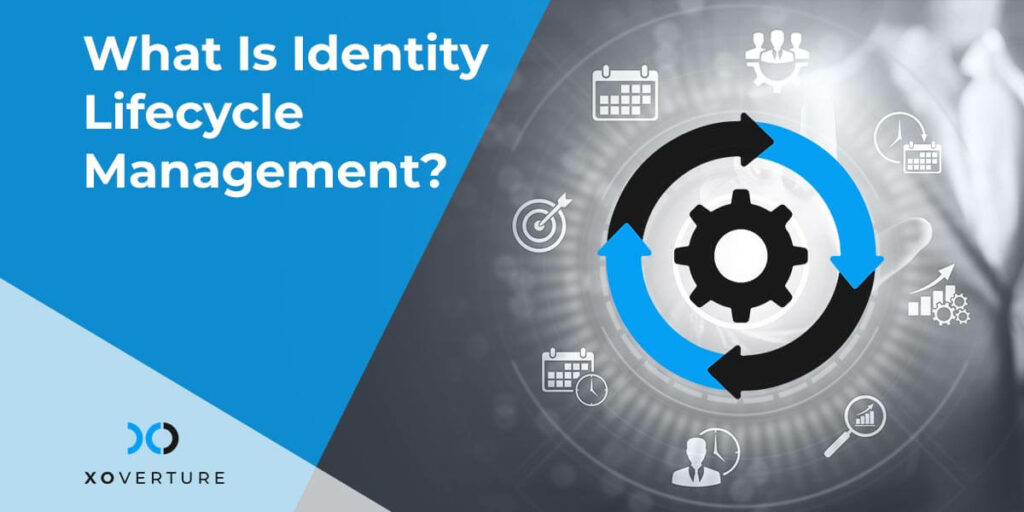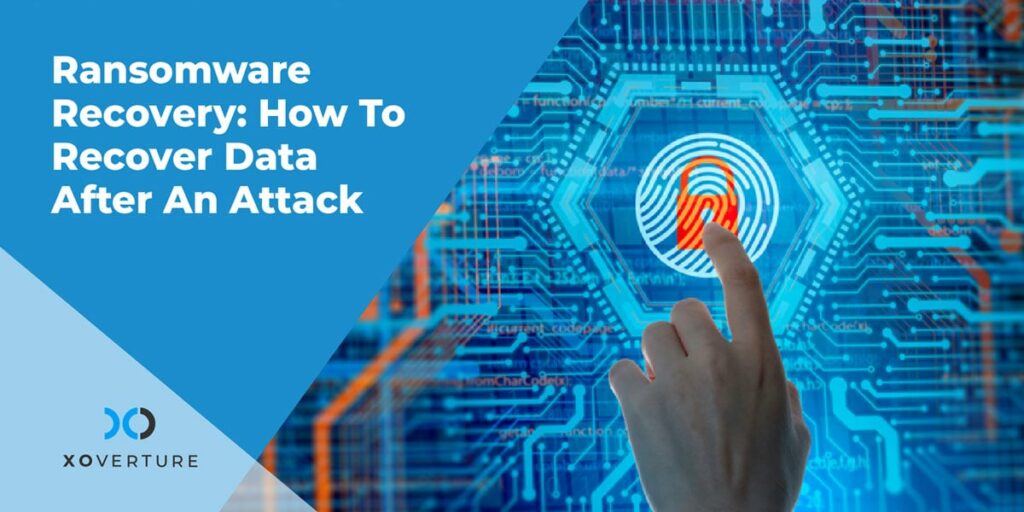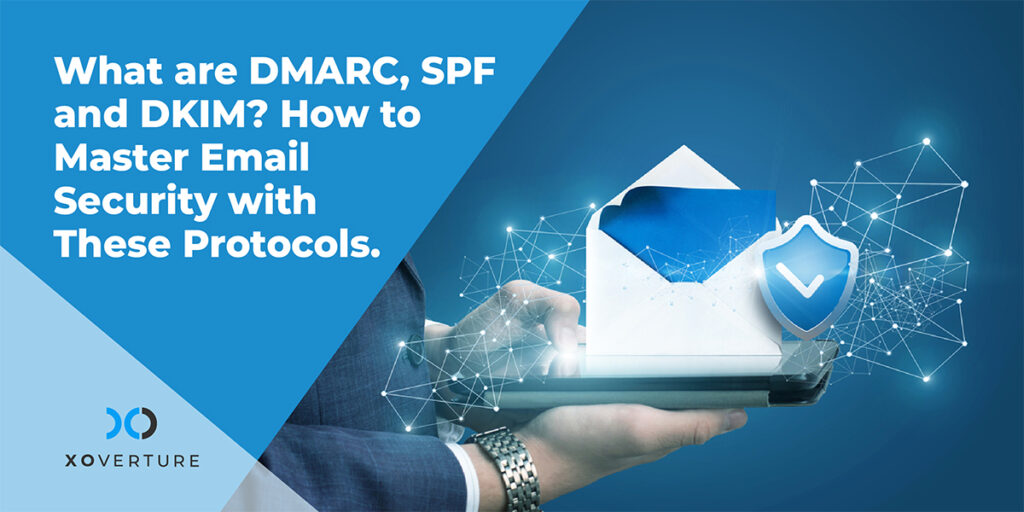Digital identities, as well as the permissions that go with them, tend to evolve with time. When someone gets a promotion, their privileges must be enhanced; when a vendor becomes a partner, they must be assigned a different profile; and when an employee resigns, their access rights must be immediately withdrawn. It’s critical to have an efficient approach to managing the lifecycle of digital identities to ensure high levels of productivity and security.
What Is Identity Lifecycle Management?
Identity lifecycle management, also known as the identity and access provisioning lifecycle, is the process of managing digital identities from creation to deletion.
As described by the International Information System Security Certification Consortium (ISC), the management of the identity lifecycle has the following phases:
- Provisioning
- Deprovisioning
- Defining new roles
- Account maintenance
- Access Review
Comprehensive ILM will improve your organization’s digital security and ensure that all users have timely access to the tools and data they need to stay productive. Using identity and access management system will also help maintain the process running smoothly and long-term.
What Does ILM Include?
A well-designed ILM system handles the digital identities of all entities attempting to connect to an organization’s network from various ecosystems. Employees, partners, contractors, clients, cloud applications, and on-site applications all fall under this category.
Staff
An engineer for Application A might only need access to the servers on which the application is installed. When they are promoted to manager, though, they may need access to all application servers. Administrators can design separate roles for engineers, architects, managers, and other professionals, and assign them to employees as needed. If an employee leaves the firm, administrators only need to delete their identity from the ILM system rather than going through each system to deactivate all of the employee’s accounts. A well-designed ILM system handles the digital identities of all entities attempting to connect to an organization’s network from various ecosystems. Employees, partners, contractors, clients, cloud applications, and on-site applications all fall under this category.
External Entities
For a short time, you can specify a complete list of assets that customers, partners, contractors, and third-party service providers are permitted to access.
Applications
An onsite web application only needs to connect to one cloud database. A customer with a one-year subscription is supported by the application. For a period of no more than one year, an ILM solution can build a bespoke role that permits the application to access only that one database.
Benefits of ILM
- Maintaining enterprise systems with the latest upgrades from your identity management provider ensures that policies and permissions are enforced consistently.
- Ensures policies remain compliant throughout user identity modifications by reducing human errors.
- Reduces the strain on security, IT, and HR departments by eliminating manual effort during onboarding and offboarding.
- Automated flows might temporarily escalate permissions to allow users to undertake sensitive tasks before resetting them to keep systems secure.
- Boost security by alerting managers, approvers, users, and administrators to questionable activities in real-time. Your IT team can exercise control over users and their requests based on rules and regulations you configure when logging requests for access to systems, cloud services, physical assets, and facility access.
- Remove the risks of giving people too much access and giving them too many rights. Identify accounts that are inactive or non-compliant. Instead of relying on IT to approve requests, give business managers control. Establish security measures and company policies that are based on the principle of least privilege.
Optimize Your Identity Lifecycle Management Today!
Maintaining a robust identity lifecycle management strategy is critical to keeping your business running smoothly and data and systems secure.
These responsibilities will be made easier with the support of an identity and access management system. It will also help to explain regulations and procedures. XO can assist you with determining your organization’s needs, selecting the right tools, and implementing a system for long-term, safe identity management.
For a free consultation, contact the XO team now.




